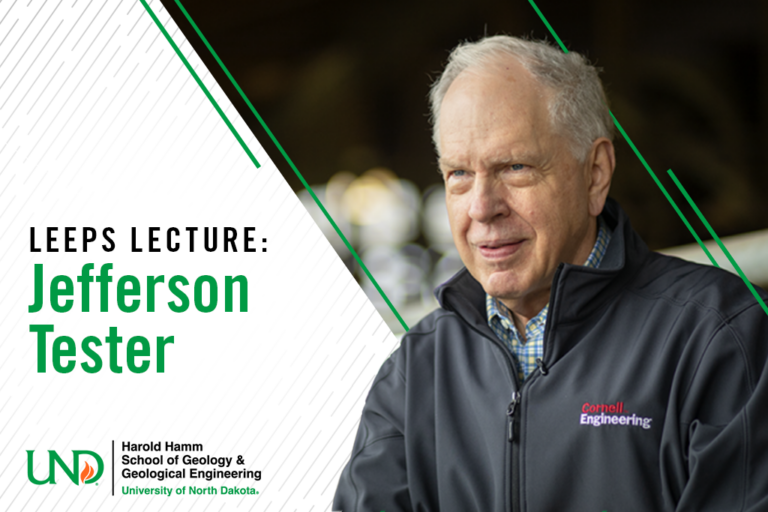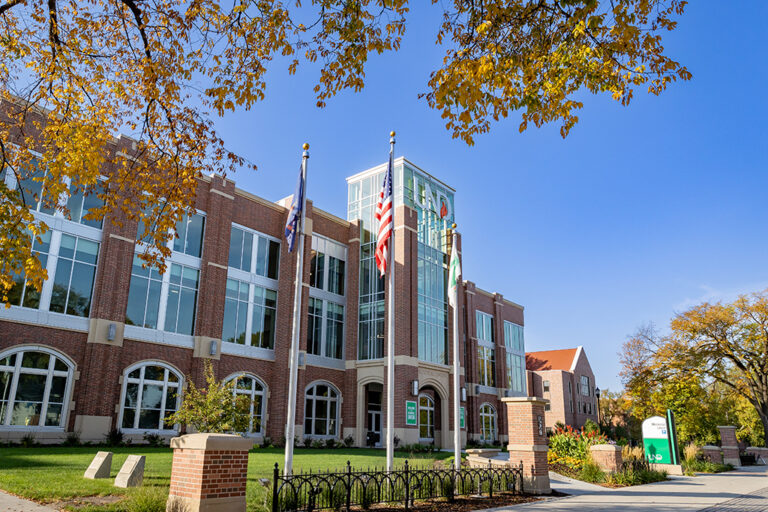Meet & Talk with ARMA President Dr. Gang Han
ARMA UND Student Chapter is Hosting
Meet and Talk with ARMA President Dr. Gang Han
Date and Time: Friday, Oct 8th, 2021 | 9-10 a.m. CT
Presenters: Dr. Gang Han, President of American Rock Mechanics Association
Bio
Dr. Gang Han is the President of the American Rock Mechanics Association (2021 – 2023). He is the founder and the chair of the Hydraulic Fracturing Community (2015 – 2021), with over 1000 members representing 335 global organizations. He has been chairing ARMA Annual Symposia, International Geomechanics Symposia, and society workshops. As a theme chair of the Unconventional Resources Technology Conference since 2013, he has championed geomechanics into one of the largest themes at the URTeC.
With 25+ years of experience in rock mechanics and geomechanics, he works at the Upstream of Aramco Americas, focusing on the technologies related to hydraulic fracturing, reservoir performance, well productivity, well planning and constructions, and stress and rock characterizations. With over 55 publications, he is regularly invited to give keynotes at professional meetings and societies such as ARMA, SPE, AAPG, SEG, and URTeC. He is a leading author of a multi-industry book, Drilling in Extreme Environments – Penetration and Sampling on Earth and Other Planets. He holds a Ph.D. in Chemical Engineering from the University of Waterloo, Canada.
Abstract
“All models are wrong, some are useful”. How to model hydraulic fracturing? Which model to choose? Based on benchmark studies with twenty fracturing models, this talk highlights the various physics involved in hydraulic fracturing, as well as the model capacities and limitations. With standardized input and output requirements, the studied models range from legacy 2D, pseudo 3D, planar 3D, to fully coupled 3D, state-of-the-art models. In general, all participating models successfully demonstrated their validity in capturing various physical phenomena. Differences in the models result from different inherent assumptions/simplifications, theoretical backgrounds, and numerical approaches. A field example of stimulation optimization demonstrates the importance of appreciating these differences when selecting a fit-for-purpose model.



